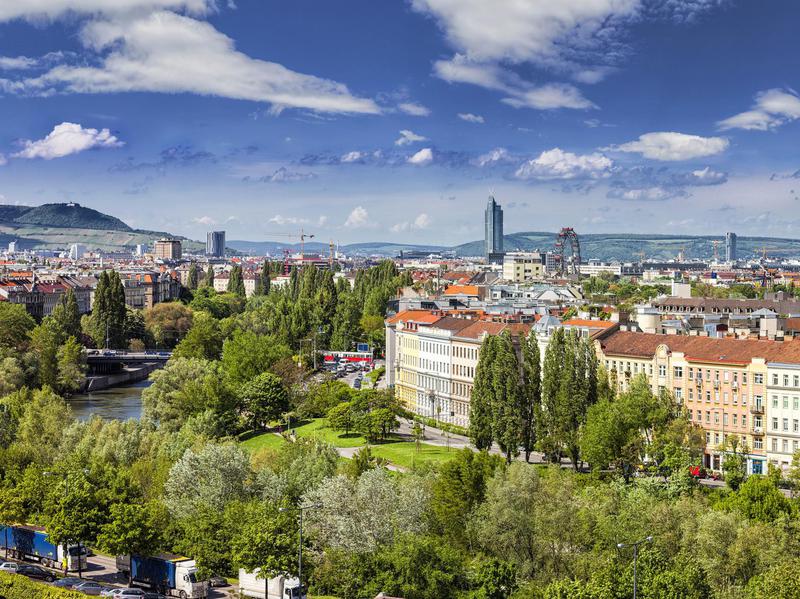
Vienna, capital of Austria, is not only the most livable city in Europe, but the world. It achieved 100 percent ratings in measures such as Stability, Infrastructure, Education and Healthcare, with an overall rating of 99.1 percent.
Finding its origins as a Roman war camp, it later was the capital of the substantial and very rich Austrian Empire. This resulted in some magnificent palaces and buildings associated with the imperial family. Baroque buildings and cafes famous for their sweet treats, such as Sachertorte and Kaiserschmarrn, vie for visitors' attention. As do the Danube meadows, in summer bustling with festivals and concerts.
When you're saturated with palaces and cakes, visit the Prater with is fabulous views off the Ferris wheel, and marvel at Vienna's answer to Gaudi: the colorful houses and art of Friedrich Stowasser, better known as Hundertwasser.
2. Copenhagen
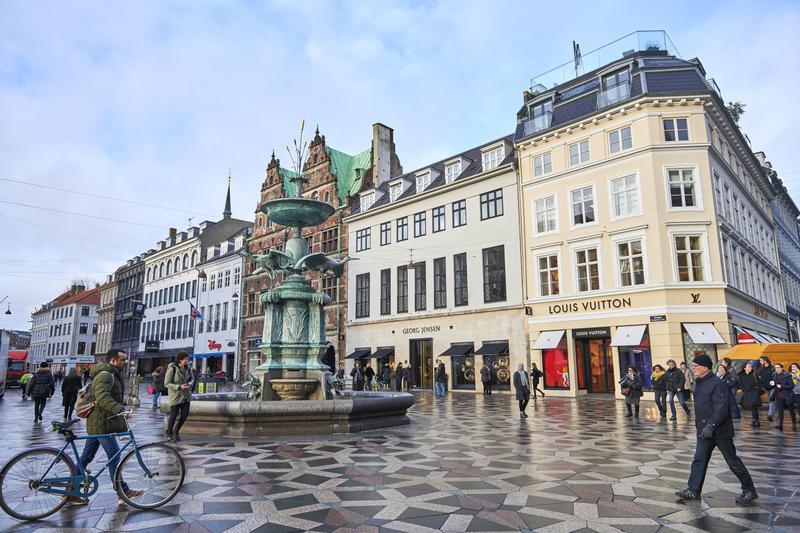
Denmark's happy population has in recent years become known in the worldwide press because of their "hygge" approach to life. Encompassing the creation of a comfortable atmosphere at home and enjoying the good things in life, "hygge" probably helped with propelling Copenhagen into the spot of 2nd best European city to live in.
It is also one of the most Instagram-able city with its Little Mermaid sculpture, celebrating local author Hans Christian Andersen, its oriental-looking Tivoli Gardens, the world's oldest theme park, and the colorful facades along Nyhavn.
For foodies, the market at Torvehallerne is a must, as is a night out in Kødbyen, the former meatpacking district which has been given a new lease of life as a restaurant and nightclub quarter.
3. Zurich
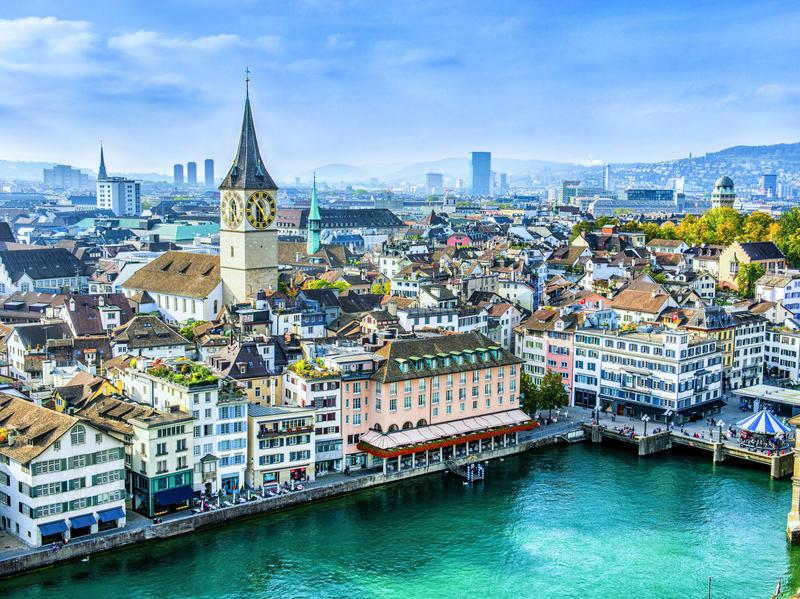
Zurich has so much going for it that sadly only the rather substantial budget you will need takes away from it. A multicultural city with a medieval center, surrounded by mountains, with a river and a lake whose water is mineral-water clear, and a fabulous eating and drinking culture, makes visits in winter and summer equally enjoyable.
Go window-shopping along the exclusive Bahnhofstrasse, get an overview of the surroundings on a short roundtrip on Lake Zurich and climb up Uetliberg for spectacular views. After, enjoy some sausages in the beer garden Bauschänzli by the river, and meander the old cobbled streets in the Old Town off the Münstergasse with is many little bars and cafes.
For those who want something different, there is the FIFA Football Museum; a Zoological Museum with a stuffed version of every Swiss species in attendance, and a Money museum
4. Frankfurt

Living in Germany's banking centre on the river Main with skyscrapers that gave it the monikers Mainhattan and Bankfurt; an annual bookfair, and one of Europe's busiest airports, Frankfurters play as hard as they work.
Heavily bombed during the war, the old town centre has now been faithfully reconstructed and offers a great atmosphere with its cobbled pedestrianized streets, shops and bistros and squares covered in chairs and umbrellas inviting people to stop and eat and drink.
A walk along the river Main is a must, stop off at cafes, in summer stay on the man-made beaches, and pop into one or more of the nine museums that line the quay. Every Saturday, a flea market takes over the Schaumainkai promenade and the area around the Osthafen docklands.
5. Geneva
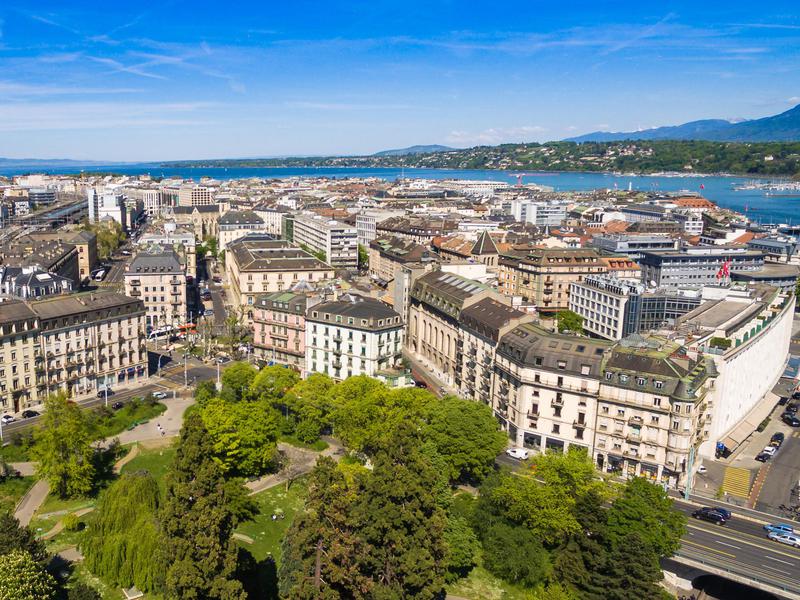
Switzerland's second city in the top livable cities, Geneva is a regularly overlooked Swiss gem. By Lake Geneva (also known as Lake Leman), surrounded by the Alps, Geneva is often only a stop for skiers heading higher up. It is clean, safe, rich, and cultural, all bonuses when it comes not only to livability, but also for visitors.
The lake is one of the largest in Europe and invites for strolls, hikes and water sports, its beauty has inspired many poets and authors, from Byron to Shelley, Mary Shelley to Henry James, Arthur Canon Doyle to Mark Twain.
The old town with its cathedral dating back to the 1200s, is a maze of cobbled alleyways and the variety of cafes, shops and restaurants reflect the cosmopolitan community which works at the many international institutions. Every Wednesday and Saturday, the Plainpalais square is taken over by a market, including a flea market, where good bargains can be found.
6. Helsinki
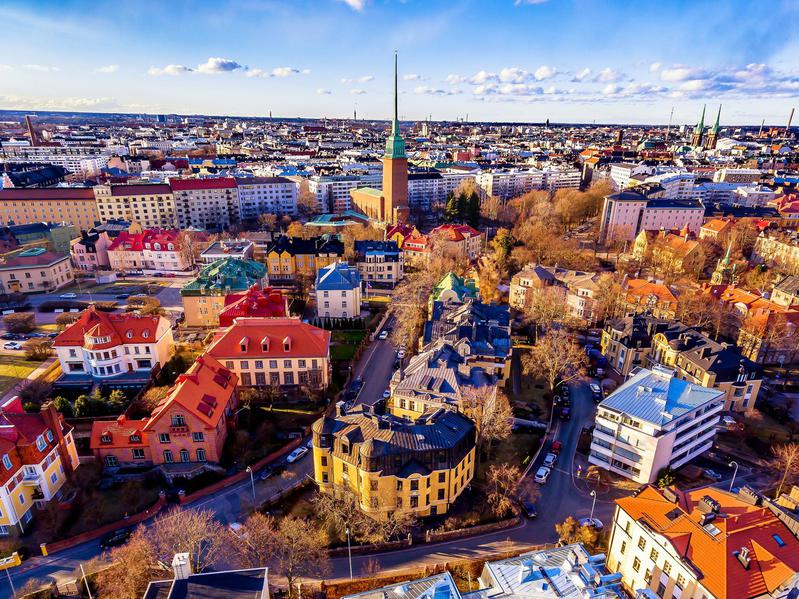
The only Nordic country on the top of the livability list, Helsinki scored full marks on stability, something that might make the 600,000 inhabitants of the Finnish capital smile. For centuries the country was at any given time occupied either by Sweden and Russia, and in trading rivalry with Tallinn, a mere 80 km across the Baltic.
Today Helsinki is not only a peaceful and orderly city, but also a young, hip and architecturally interesting city. Start at Market Square, investigate the covered market, get some reindeer chips (surprisingly good), and then meander across the handicraft market outside, look at the ships, and then pop into the stunning Kappeli for a hot chocolate. Continue to the design district, to browse the many interior design shops that put Helsinki on the top of design capitals.
If you need further proof, pop into the utterly unique churches: the wooden Kamppi Chapel and the one hewn out of rock: Temppeliaukio Church.
7. Amsterdam
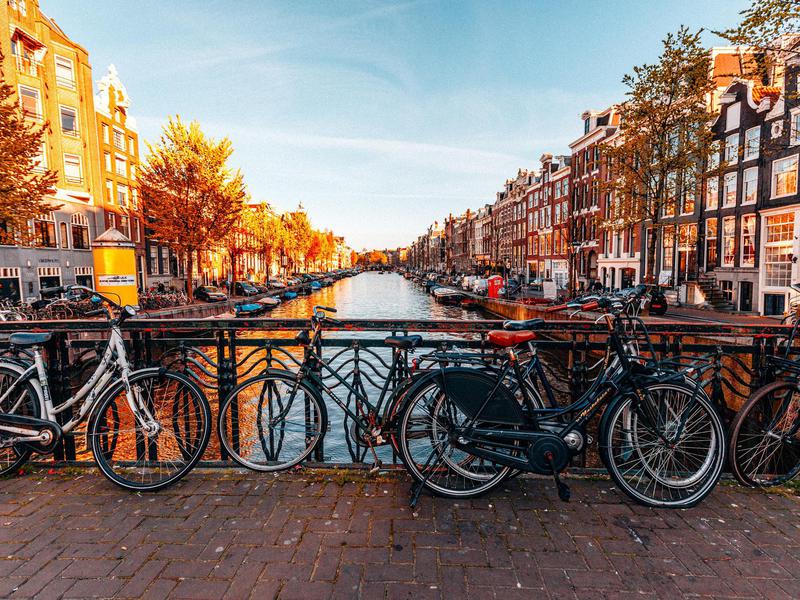
High scores on culture and environment shouldn't come as a surprise with Amsterdam. The city of canals, barges, flowers and free-thinking is a perennial favorite when it comes to living and visiting. There are enough museums, from Anne Frank to Van Gough, from the Rijksmuseum to Rembrandt's house, the Science Centre to the Museum of Bags and Purses for you to never see the light of day, but that would be a shame.
Mix it up and enjoy a trip on the canals in a brunch boat, shop at the Albert Cuyp Market and the flower market.
But most importantly, hire a bike and do as the locals do: go and explore the parks, along the canals, and outside of Amsterdam in this, probably the flattest country in the world.
8. Hamburg
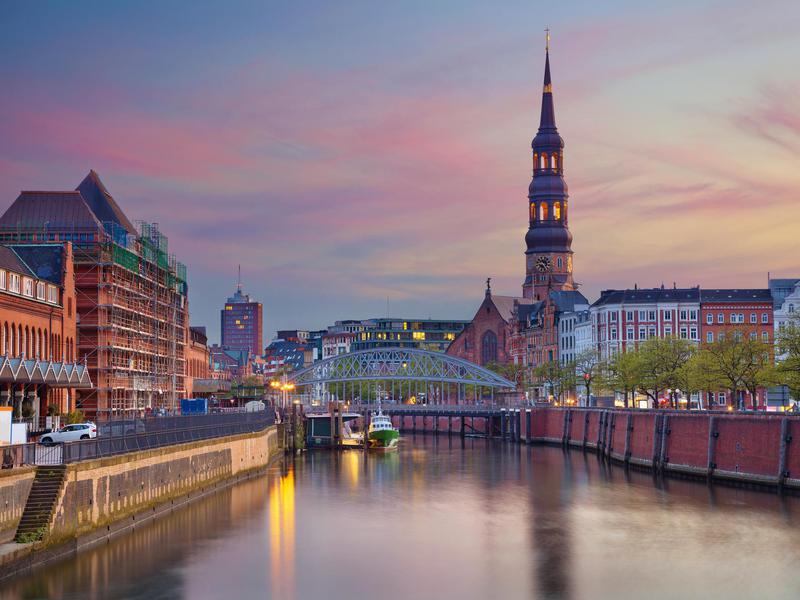
The second Germany city in the survey, it is also the city that calls itself "Die schönste Stadt der Welt," (the most beautiful city in the world.) And it being my hometown, I certainly think they have a point. Due to its location on the river Elbe Hamburg has always been a trade centre and a port.
This brought with it wealth, beautiful buildings, and a cosmopolitan outlook. With more bridges than Amsterdam and Venice together, the city is studded with two lakes, countless canals and a bustling harbor.
Must-visits include the Elbphilharmonie, an architectural marvel and fabulous music venue, the Fischmarkt (you'll have to either stay up all Saturday night, or get up at 5 a.mm on Sunday morning, but it is worth it!), and the Rathaus square, especially in December for its Christmas market. If you can't resist, saunter down the Reeperbahn, the red-light district with its many bars.
9. Paris
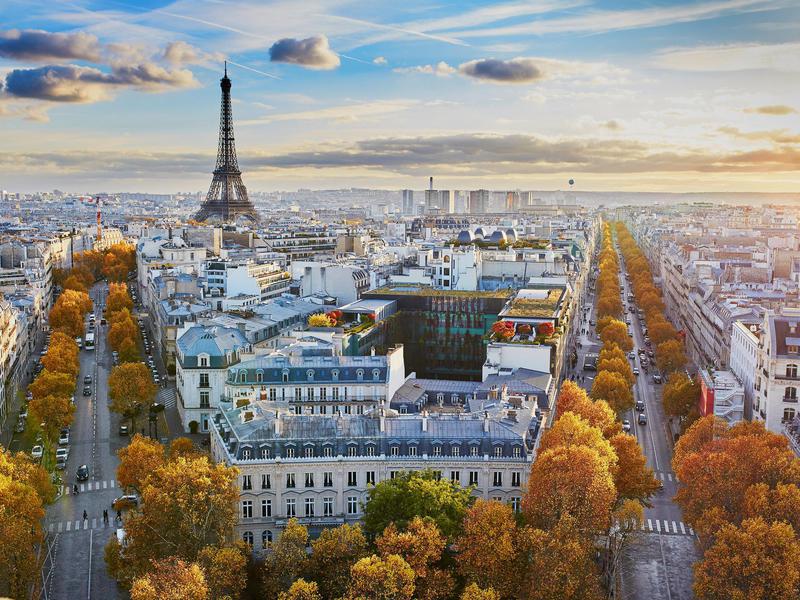
A few years ago, after several terrorist attacks in the city, Paris fell in these rankings, but has since recovered its position, and most of its international visitors, and is still beating other world cities such as London and New York City in the surveys.
After you've 'done' the Eiffel tower and the Louvre, it is well worth stepping away from the well-trodden tourist path and search out hipper areas such as the 11th arrondissement with is plethora of cafes, bars and restaurants; the 5th arrondissement with its Roman history and university vibe, and the bustling, colourful Belleville area.
Visit the park of Buttes Chaumont for brunch at the Pavilion du Lac, walk down along the Seine in the 13th arrondissement and stop at one of the many houseboats converted into cafes or music venues, and pop into the nearby Station F, a new gigantic Italian food venue set inside an old train depot.
10. Berlin
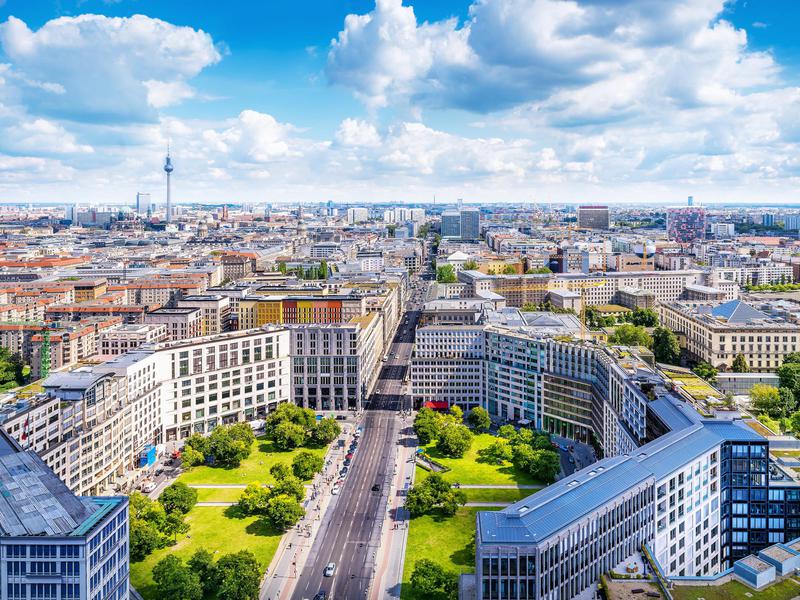
Germany's capital, once divided, now one of the hippest cities of them all. Filled with dark history, the Berliners are embracing life and are living it to the full. Cafes, restaurants, bars, beer gardens, music and art venues at every corner, it is easy to just go and have fun.
But a little culture should be part of every visit, so don't miss the Brandenburg Gate, the fabulous old/new Reichstag, the harrowing Holocaust Memorial, and the remains of the Berlin Wall. To try and understand Berlin, and to some extend Germany, make sure you explore the east and the west sides, and notice the still existing differences.
Then, back to fun. Have a "currywurst" (sausage with spicy sauce) at a street stall, and pop into supposedly the oldest pub in Berlin, Alt-Berlin and have a beer, or two. Then party the night away in the districts of Mitte and Prenzlauer Park.
11. Luxembourg

A lot of people find Luxembourg lacking in the excitement department, probably because of its prim-and-properness. Luxembourg City is still worth a look, even if it is just to walk the Wenzel Walk, and cover more than 1,000 years of history with all its nuances in a one-hour walk along the city's impressive ramparts.
The compactness of this multi-cultural city makes it perfect for walking around, and there is a lot to see for such a small place. Don't overlook the casemates, tunnels in the rock upon with the old city sits, dating back to 1644, the time of the Spanish occupation.
After traipsing up and down along the ramparts, treat yourself to some of Luxembourg's hearty local foods, and the best place to try all sorts is on the market on Place Guillaume II, held every Wednesday and Saturday.
12. Munich

After Berlin, Munich is Germany's most visited city. The annual Octoberfest alone draws some 7 million visitors to its beer tents. But Munich is not just about beer and pretzels, even though you can see how those already improve the liveability.
The quality of the museums is outstanding; just like in Amsterdam, they could keep you busy forever, but maybe pick the Neue Pinakothek and the Deutsches Museum, and if you a car enthusiast, add the BMW museum for variety.
Don't miss the architecture of the Marienplatz, the Hofbräuhaus for a beer, and the Englischer Garten for a stroll, a sunbathe or a picnic. And then there is also the surfing. Yes, despite being close to the Alps rather than the sea, Munich's Eisbach has a perfect surfing spot. So, bring your board.
13. Oslo
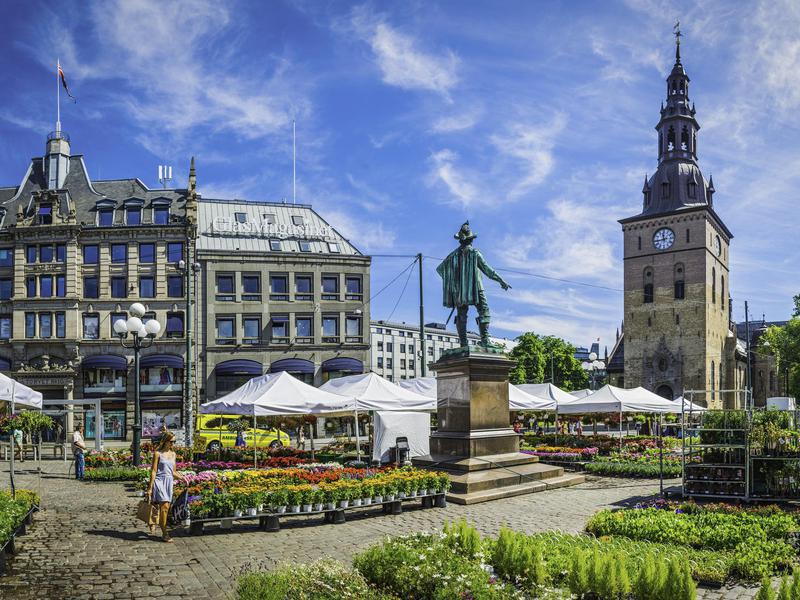
Oslo is the hidden gem of all these livable cities. Overlooked even by visitors to Norway, who spurn the admittedly expensive city for the beautiful, fjords, Oslo is not only filled with history that differs from the rest of Europe (think Vikings) but is also filled with special joie de vivre, that draws visitors in. In summer it is especially fun, as the spectacular setting along the Oslo fjord comes into its own.
The ferries that sail up the fjord and across to the amazing museums (do not miss the Viking Ship Museum) pass by the fabulous Aker Brygge neighborhood which is bustling with restaurants and bars and the end of which turns into a swimming pontoon in summer.
There is of course The Scream (one in the National Gallery, another in the Munch Museum) offering a perfect selfie occasion, and the stunning Vigeland Sculpture Park filled with sculpture by Gustav Vigeland, which has no rival anywhere.
14: Düsseldorf

Düsseldorf is a very livable city, I have lived there, but it is not on the global tourist radar. And it's the better for it. The capital of the industrial hothouse county of North Rhine-Westphalia is a wealthy and chic city, despite the dorf (village) in the name.
For architecture buffs, the Rheinhafen, the modern media centre along the Rhine, is a must. Some of the world's top architects have built here and Frank Gehry alone has three building complexes next to each other making for a dramatic skyline. And talking about the Rhine, along the river lies the Altstadt, the Old Town. This is, in the local language "die längste Theke der Welt," the longest bar in the world, with one bar bordering the next, serving the local Altbier, a dark beer.
Düsseldorf is also home to Europe's third largest community of Japanese, so hop over to Schadowstrasse for some superb Japanese food.
15. Brussels

Brussels is the only Belgian city to make it into the top European 15 most livable cities, and it is a favorite with visitors as well. A stunning old town lined with restaurants and bars, all with terraces to sit outside and enjoy some people-watching plus sights such as the Atomium and superb museums such as the Magritte Museum and the Musical Instruments Museum, make for a fun weekend.
You'll already have heard of Manneken Pis, the little boy in ever-changing outfits peeing in a fountain; but look out for Jaenneke Pis, a little girl peeing, crouching down, and Zinneke Pis, a dog lifting his leg at a street corner. Maybe the obsession with everybody peeing has something to do with the 180 breweries located in Belgium. Wash the beer down with a local fricandel (a type of sausage) and frites with mayo.
16. Barcelona
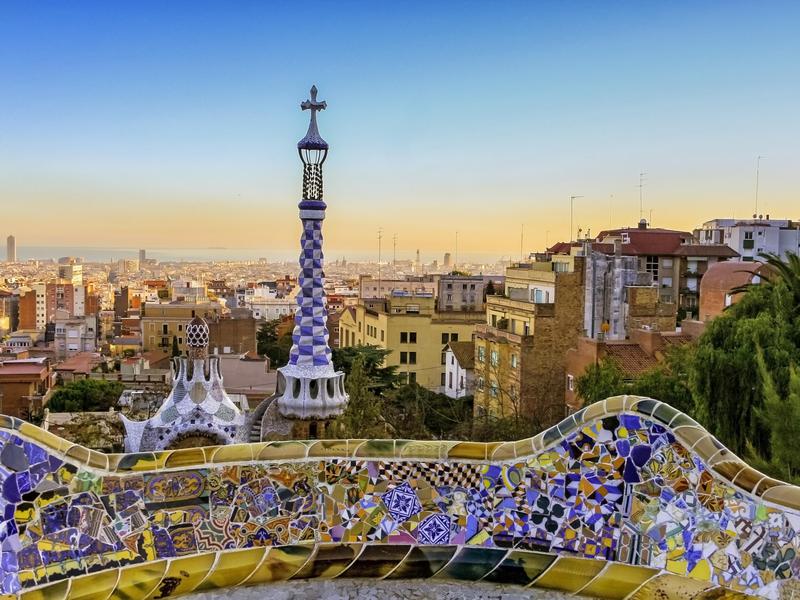
When it comes to Barcelona, capital of Catalonia, Spain, the world is united in loving this city. Alas, people love it so much that the locals have been complaining about the sheer number of visitors turning up each year.
But, step away from the clogged Las Ramblas, and there are plenty of places to enjoy in this city. Gaudi's gaudy edifices nestle next to other architectural gems, tapas bars snuggle up to colorful markets, old trams take you up to Plaça Tibidabo, and cable cars to Parc Montjuïc, both with breath-taking views.
Try to be in Barcelona for Saint Jordi, celebrated on April 23, also called the festival of roses and books. On this day, lovers give each other gifts of roses and books, with stalls spring up all across the city, creating a fabulous atmosphere.
17. Budapest

With two cities to choose from, no wonder Budapest, Hungary, made it into the World's top 50 most livable cities. Buda and Pest, separated by the mighty Danube, offer a superb mix of sights and things to do.
There is a castle spread along the hill of Buda, while the hill itself is tunneled with caves. There are grand old public baths, which offer a unique way to spend the day, with locals playing chess in the (heated) outdoor pools, and (freezing) indoor pools stun with its architecture.
The covered market offers more varieties of salami and paprika than you ever imagined possible, and the old-fashioned cafes with their hot chocolate and cakes in Pest must surely be part of the reason of Budapest's livability.
18. Manchester
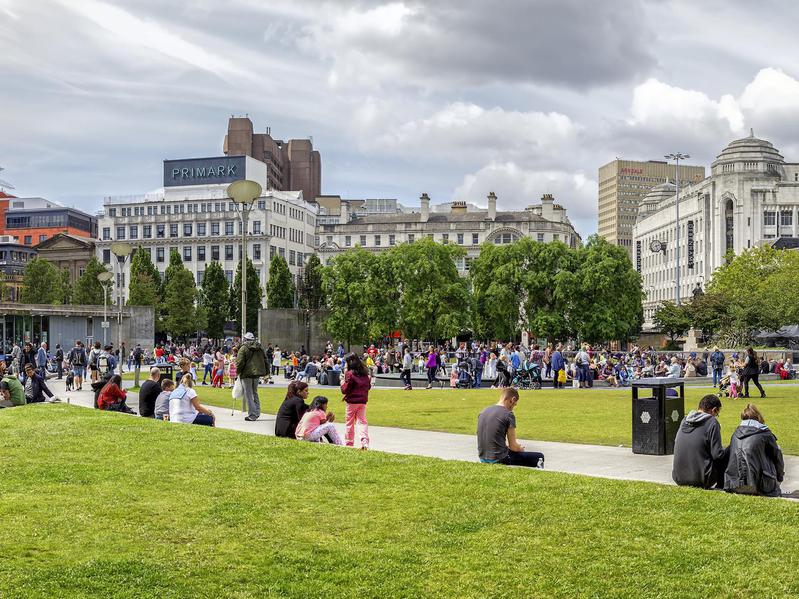
Beating London (again) to the spot of the UK's most livable city, northern Manchester scored high when it came to assessing the city's cultural and sporting availability.
Home to two famous soccer clubs: Manchester United and Manchester City, the city is also a cultural hub, with much money having been poured into art venues such as the HOME art centre and the Whitworth Gallery. Don't miss MOSI, the Museum of Science and Industry which offers something for the entire family, set in the world's oldest railway station. One must-see is the Castlefields area along the Bridgewater Canal filled with houseboats.
Many of the old warehouses and homes of wealthy merchants have been restored to new life with a bustling selection of shops, cafes and hotels.
19. Madrid
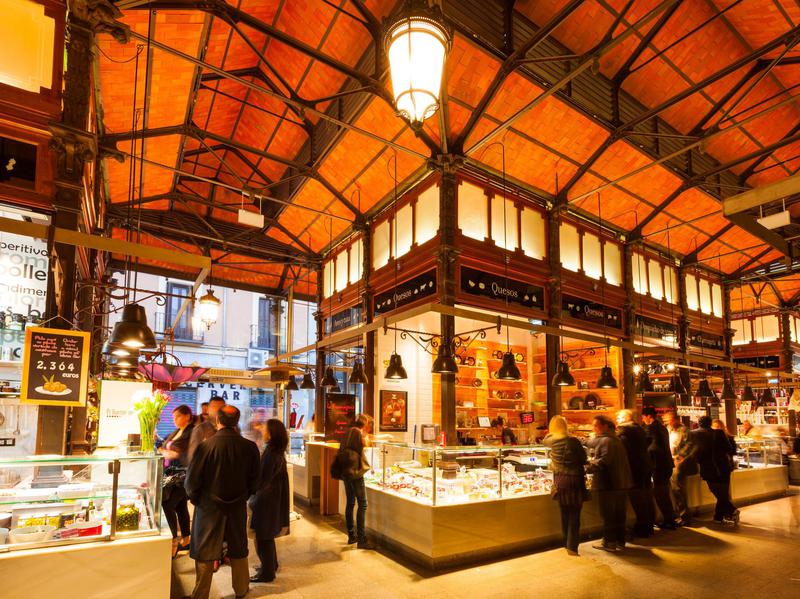
Madrid's quality of life is undeniable, with culture and tradition and general joie de vivre that appeals to locals, expats and visitors alike. Indeed, leisure and culture were the top features that make Madrid so livable and equally rank Madrid as one of the Top 10 city break destinations in Europe.
When visiting Madrid, the first impression is the amazing architecture, grand boulevards and Paris-esque buildings lining them. Start at Plaza Mayor, then take it one historic monument at a time: the Opera, theatres and Royal palace to the left, and the Prado, other museums and Crystal palace to the right. In between there is the fabulous San Miguel market and countless tapas bars, churro bakeries and cafes to add to the mix.
20. Reykjavik
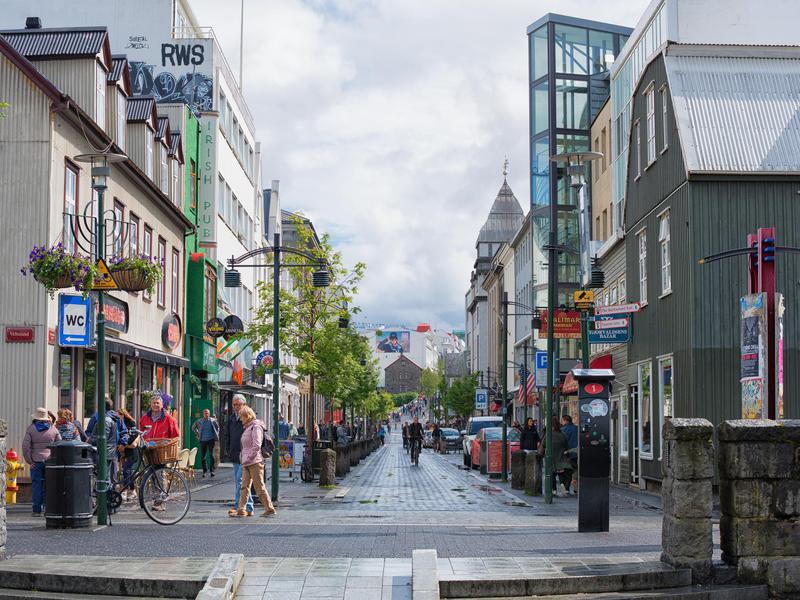
Iceland has long been a stop-over place between the U.S. and Europe, then that stopped, but in recent years, Iceland's tourism had an enormous boost of interest and is hardly out of the travel pages at all these days. But it is little wonder.
Not only is Iceland one of the most progressive countries in Europe, if not the world, but also one of the most fascinating. Think ice caves, glaciers, black sand beaches, diamond beaches, scruffy ponies, stunning waterfalls, modern architecture and a forever-rising reputation for good food.
The capital is the setting-off point for all tours and a picturesque place filled with what looks like toy-town houses, a fantastic cathedral, and yes, notable hot-dog stands. Not cheap, but worth it.
21. Dublin
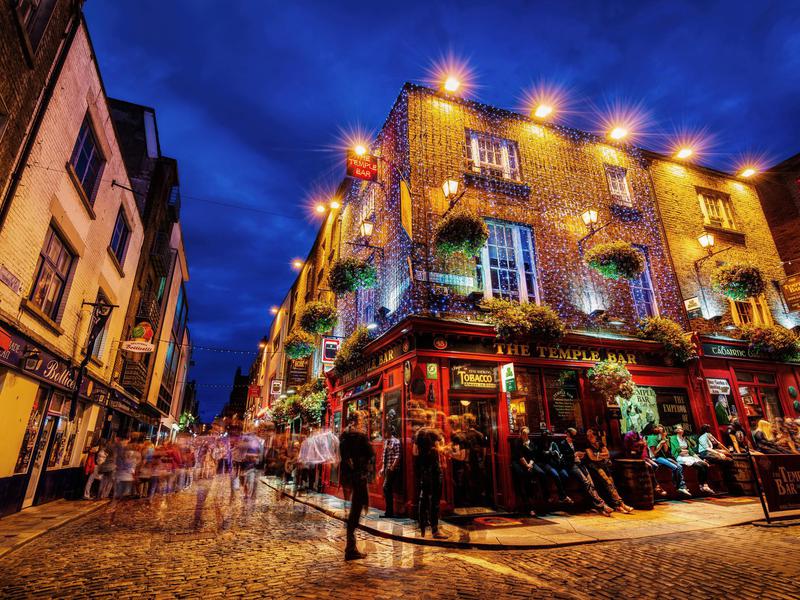
Dublin's relatively small size for a capital city, with only roughly half a million inhabitants and its location complete with sea and river proximity make it a perfect city to explore on foot.
History is everywhere, from the grand post office to the cemetery, and the libraries are the world's most amazing — if you love books, book an official tour of Trinity College, as getting into the old library is not easy otherwise. The home of Guinness and the craic, Dublin is as much a party city as a sight-seeing venue, so make sure to keep the evenings free to enjoy a glass or two f the local brew and listen to some live music.
In July/August the Live Music Trail takes places, with many bands playing at a myriad of venues across the city.
22. London

Ask anybody, and London is usually on top of their travel to-do list. Very livable, but not the most livable city in England, according to the statistics. That crown went to Manchester.
Still, the mix of modern and old, the vibe and overall buzz in the air makes this such a great city to live in and visit. With so much to see and do — you can spend days in the British Museum alone (it is best to select an area and explore thoroughly). But, as a general first-time guideline: walk along the Thames, past Westminster, the London Eye, the Globe and Tate Modern. Eat and shop in Borough Market.
Then walk across one of the many bridges, see street art in and around Shoreditch, and explore the many pubs around St. Paul's. End the day with a show or a performance around Covent Garden.
23. Lyon
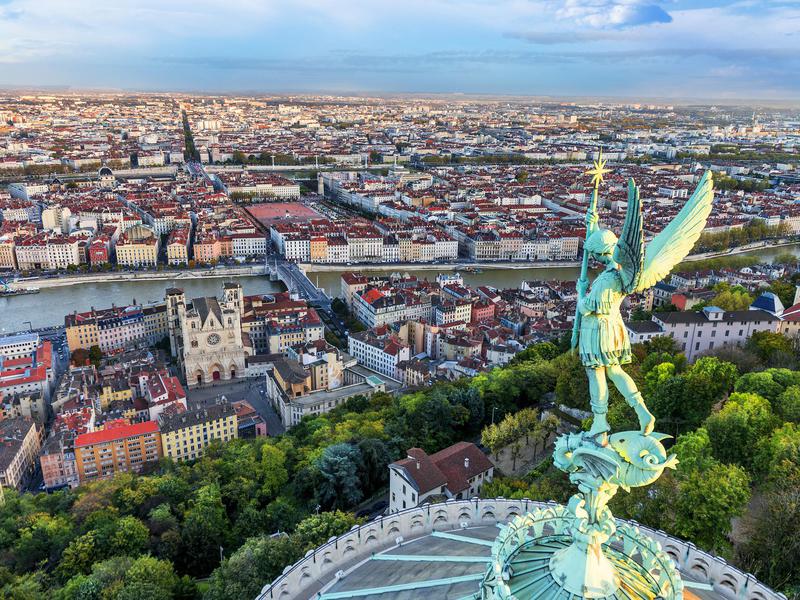
France's second city and close rival of Paris, Lyon, lies at the confluence of two rivers. On the resulting peninsula stylish Haussmannian-like (Parisian-style) buildings offer classy living and great shopping, while on the steep hills along the side, ancient higgledy-piggledy buildings and the odd Roman amphitheater nestle along cobbled streets.
Many of the buildings on the hillsides are connected by traboules, passages and stairwells hidden from public view. Finding them is a great way discovering Lyon's ancient history.
Come to Lyon around Dec. 8 for the annual Festival of Lights, lets Lyon sparkle. All the small bouchons, tiny but superb restaurants, are open and put stall outside, and mulled wine is the drink of choice.
24. Milan

After Paris, and some might argue before Paris, Milan is a fashion capital extraordinaire. The home of Prada and Versace offers great shopping and even better window shopping, considering the prices. If you can't resist the lure of the designer labels, try the city's vintage shops, such as Cavali e Nastri, always good for digging up treasures.
But after you have shopped, visited La Scala (try for cheap tickets at the box office at night before a performance), the duomo, queued for the Last Supper, seen Raphael's and Rembrandt's works at the Pinacoteca, and tried to capture the fabulous Galleria Vitorrio Emanuele II on camera, then treat yourself to some serious aperitif choices: over an Aperol Spritz or a Negroni, there is some very glamorous people-watching to do.
25. Bratislava
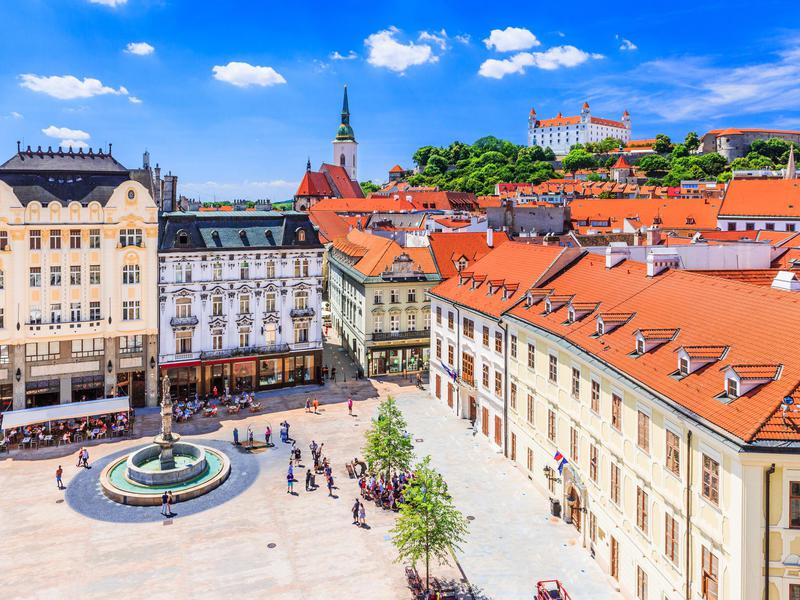
Bratislava, Slovakia, is another city taken over by statues and art installations, making exploring the medieval city centre even more fun. Look out for Cumil peeking out of a manhole, the Paparazzi taking a photograph from behind a corner, a soldier leaning on a bench and many more.
Fabulous views are had from the castle hill, the Old Town hall Tower, and the toilets in the UFO café in the observation tower of the New Bridge. Yes, the views are good from the observation deck, but the toilets are more fun. Don't miss out on the hot chocolate at Schokocafe Maximilian Delicateso, and, if you can, visit in time for the lovely Christmas Market.
And, if you want to visit two of Europe's most livable cities, then the winner (read on) is only a one-hour train ride away.
26. Warsaw
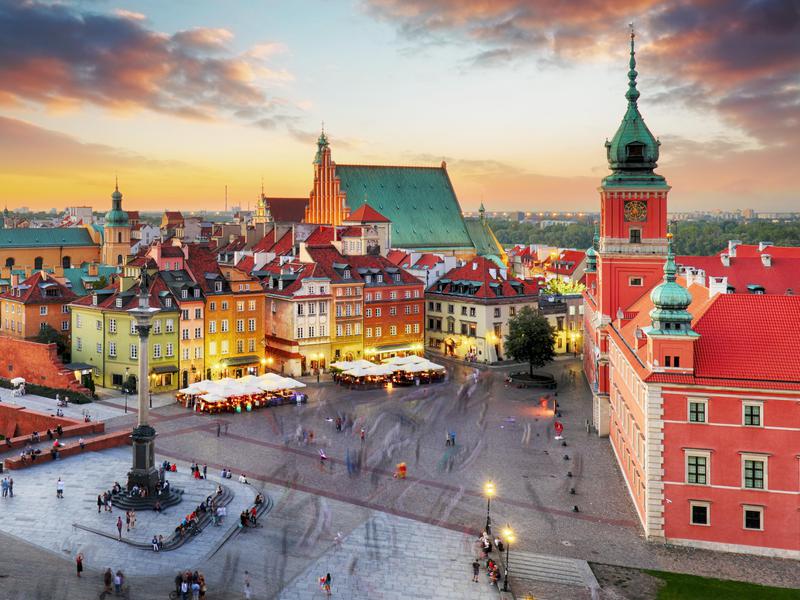
Poland's capital is split in two by the Vistula river, and as is the case with Budapest and Prague on this list, the personalities of the two halves are quite different. Generalizing, the west bank is more glamorous, whereas the eat bank is artier.
WWII saw nearly 90 percent of the city destroyed and then hastily rebuilt with whatever materials there were. Rising again, like the proverbial phoenix, the city worked hard to regain its former beauty, and has done well. Just look at the Old Town, with its stunning square surrounded by colorful buildings.
Over the years Warsaw seems to have grown younger, hipper and much more approachable. Think beaches along the river, a mass of cultural events, modern skyscrapers surrounding that Soviet wedding cake building, plenty of restaurants and bars, and a thriving arts scene. If you can't live there, at least visit.
27. Ljubljana
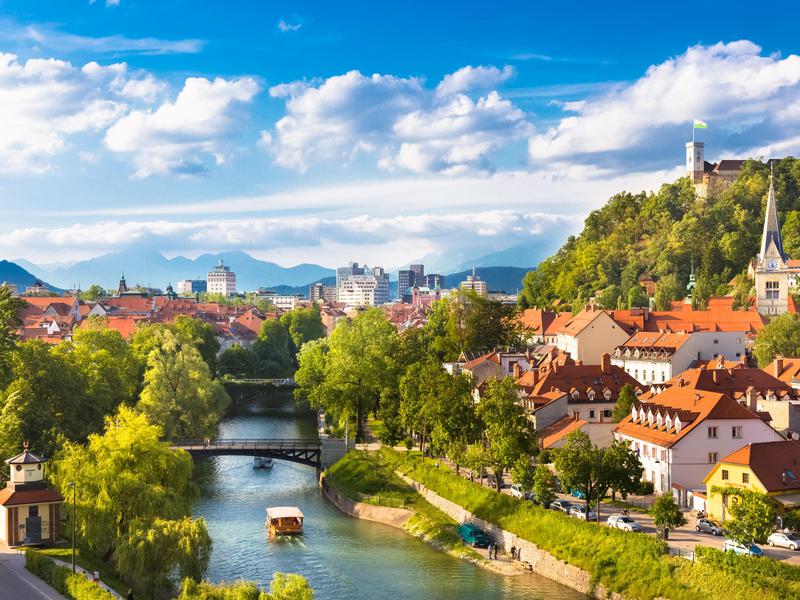
Ljubljana is the much over-looked tiny, 300,000-odd inhabitant strong, capital of Slovenia.
A river runs through it, a market and many cafes sit by the river, and a little bridge adorned with little green dragons crosses it. A funicular runs up the hill and castle overlooking the city, and you can go hiking around the lovely Tivoli Park. It is easy to imagine living here, and living well, with the car-free old part of town sitting well next to the more modern parts of the city.
The student population gives the city a young buzz and exploring on foot is easy. If you are visiting over the summer months, every Friday the Open Kitchen event on Poga?arjev trg square brings together stalls from the city restaurant cooking up a treat.
28. Vilnius
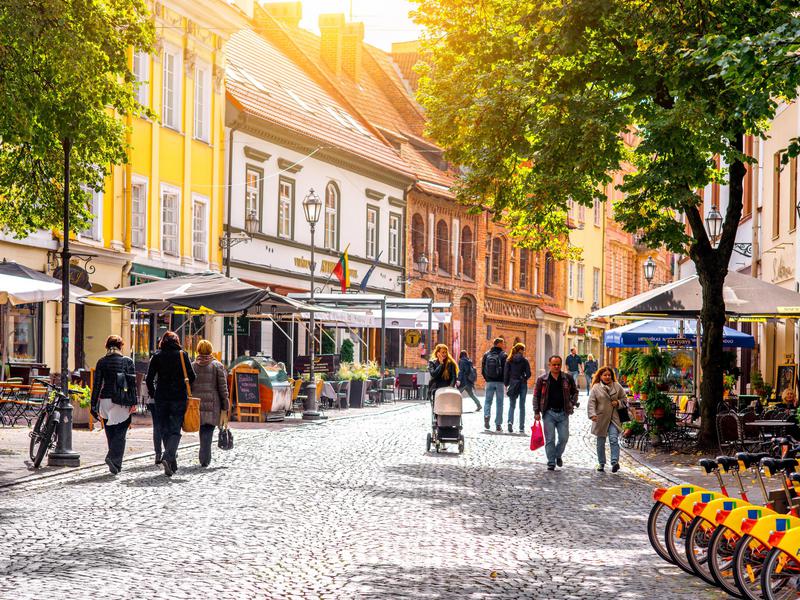
Vilnius is the furthest east city in this round-up. The capital of the Baltic state of Lithuania is still an up and coming city for visitors, and as such a great place to go and see before everybody finds out.
Dominated by beautiful churches, cobbled streets and artisan shops filled with local crafts and amber found in the Baltic, you get a great overview from the Hill of Crosses or the old castle complex by the river. Stroll through a self-declared separate republic, Uzupis, in the city, complete with its own flag, a president and cabinet, and its fabulous constitution displayed in many languages along the main street.
And talking about streets, don't miss Literartu Street, where more than 100 pieces of literature and art are displayed along the walls, all of which have a connection to Lithuania.
29. Prague
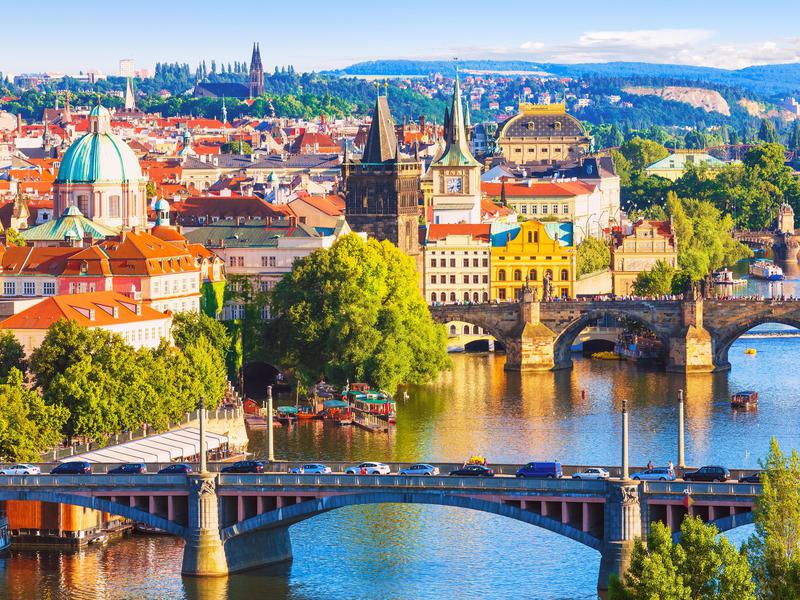
Yes, there are cobbled streets, a castle, many beautiful churches and even more pubs and cafes. But Prague also has a quirky side to it that is well worth exploring: There is a Dancing House built by Vlado Milunic and Frank Gehry and many worthwhile art installations by David Cerny, including an upside-down horse (Lucerna Passage), giant crawling babies in Kampa Park, two peeing guys in front of the Kafka Museum, and Kafka's moving head in Narodni Street, and more.
Visit the Kafa museum and the somewhat creepy Toy Museum with its hundreds of Barbie dolls. And if you like creepy, then don't miss the Jewish Cemetery after dark, where they lie 12 deep; and the Sedlec Ossuary outside Prague with its chandelier made from human bones.
